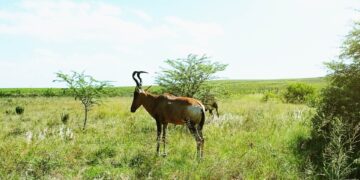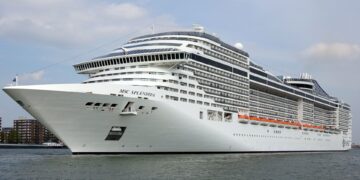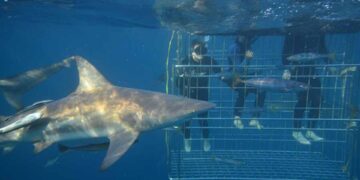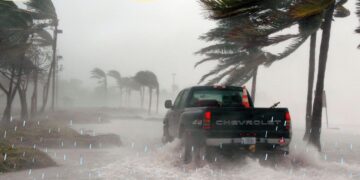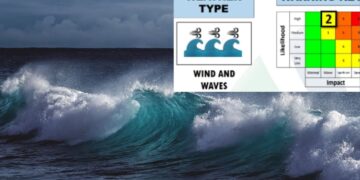Yesterday, 21 February, saw Australia open its borders at long last, welcoming back international tourists and reuniting people after nearly two years of closure.
The country had been gradually reopening since November, at first only allowing Australians to enter and depart, followed by international students and then certain workers. Yesterday saw the borders finally opening for leisure and business travel.
“The wait is over,” Prime Minister Scott Morrison said in a Sunday briefing at Melbourne International Airport.
And although fully vaxxed tourists will no longer need to quarantine, the unvaccinated will still need a travel exemption to enter the country and are subject to state and territorial quarantine requirements. Sydney and Melbourne have dropped many of their bans, including mandatory QR-encoded vaccination passes to enter buildings.
From Friday, 25 February, mandatory mask-wearing will also be scrapped in many places, except on public transport and indoors at airports and hospitals.
A very stringent Australia
Up until this point, Australian citizens were not permitted to leave the country and only small numbers of passengers were permitted to enter, as each city had its own quota from every country of application. These travellers were required to have specific exemptions to enter, and were then subjected to a very strict and expensive 14-day hotel quarantine, which has since been, luckily, scrapped.
Although the international borders of Australia have been opened, the state of Western Australia will remain closed until 3 March, and will then only allow in triple-vaccinated VFRs, families and corporate travellers without the need for quarantine.
According to Travel News, to enter Western Australia, foreign travellers are subject to the Australian government’s biosecurity and border requirements and will also need to complete a G2G pass prior to entry into the state. They will also need to take a rapid antigen test within 12 hours of arrival in WA.
ALSO READ: Just in: France drops entry test requirement, with a catch





